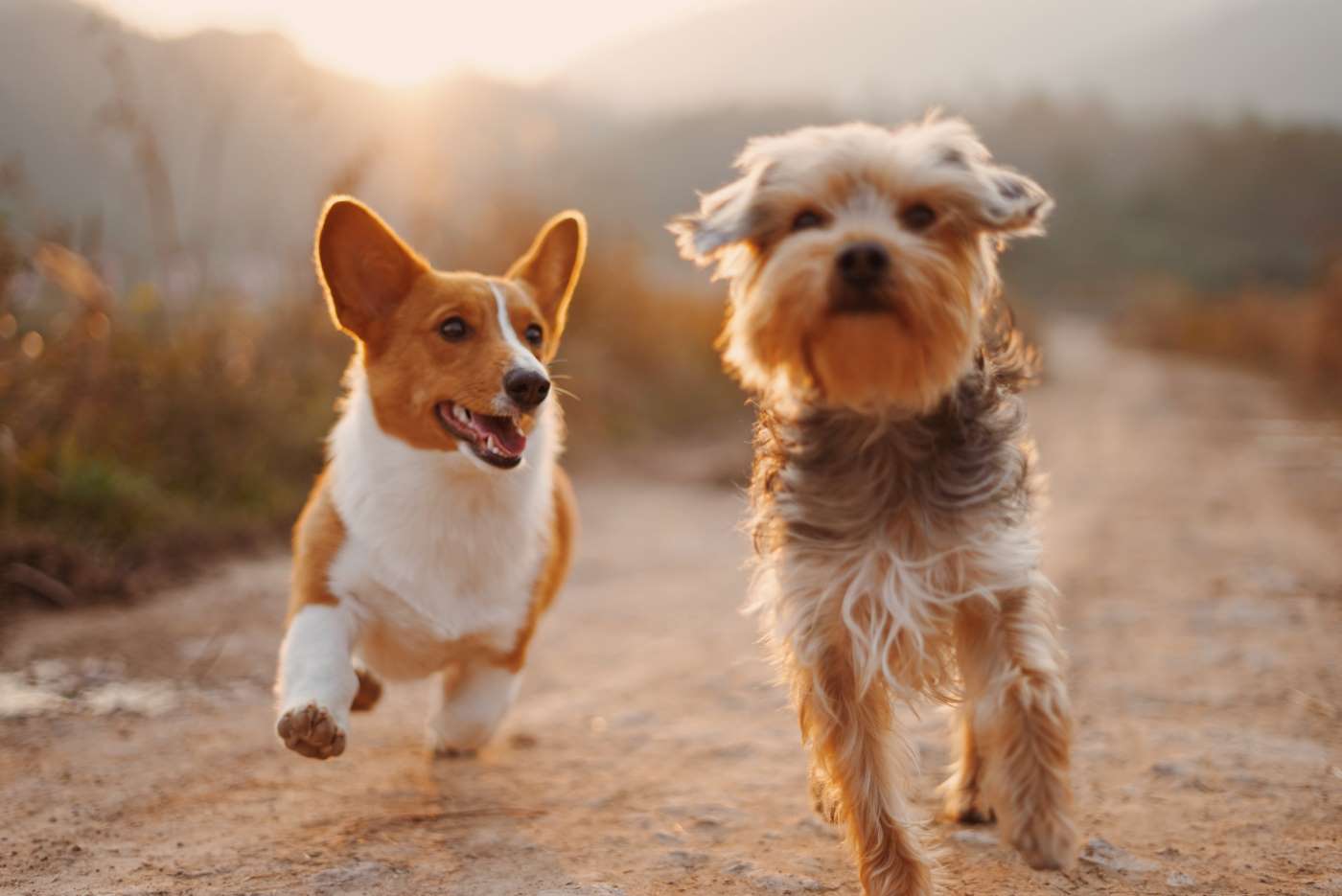Obesity is one of the most commonly plagued nutritional disorders in cats and dogs. If this is something you are struggling with your own pets, you will naturally have a few questions in mind.
Here are some of the most commonly asked questions about obesity in cats and dogs explained.
Question 1: How Common Is Obesity?
Obesity is one of the most common and widespread health conditions in cats and dogs. As far as cats are concerned, it was observed to be affecting between 30 and 40% of adult felines by the mid-1990s.
In particular, it is more common in dogs than cats. Overweight cats are not as common as overweight dogs. Some people think it is because cats are more finicky eaters and are picky with the foods they eat. However, there are exceptions to the rule. Some cats are picky but, in fact, obesity can be found in cats that eat everything.
Question 2: How Can I Tell If My Pet Is Obese?
To find out if your pet is overweight, you can use the body condition scoring system that basically checks the thickness of the animal’s body when compared to the ideal weight of a similar animal of the same age. You can also check the waistline of your pet using the same method.
If the waist is wider than the length, then there is a high chance that your pet is overweight. If the neck is covered in fat, it is also an indication that the animal is obese.
There are more in-depth methods out there that can be used to determine whether a pet is fat or fit. These methods use skinfold thickness testing and other complex methods to determine if your pet is overweight or not.
Question 3: What Causes Obesity?
Obesity is caused by overfeeding as well as a sedentary lifestyle. Many pet owners feed their animals as much as they want, without realizing that they are, in fact, overfeeding. You are only supposed to feed your pet once a day, not multiple times a day. And don’t feed your pet during or right after mealtime; you don’t want to give it too much food at once.
There are also a number of medical conditions that can cause obesity in animals. These conditions include diabetes, hypothyroidism, and Addison’s disease, in addition to other common health conditions.

Question 4: How Can I Manage My Pet's Obesity?
To manage your pet’s obesity, you need to reduce the amount of food that you are giving to your pet, and you can do this by reducing the meal size. The best way to do this is to feed your pet fewer times every day. When you do this, you are reducing the snack time opportunities and lowering the overall calorie intake.
You can also exercise your pet a bit more to reduce its weight. This will help you make your pet fitter in the process.
Question 5: When Should We See a Nutritionist?
If you have tried to manage your pet’s obesity and it has not worked, you will have to seek the help of a professional. A vet or a nutritionist should be able to help you with your pet’s weight problem.
However, this doesn’t mean that you have to wait until you’ve tried everything. Consult with a professional when you start to feel that your pet’s weight is causing issues.
Conclusion
Obesity is a very common and widespread problem in cats and dogs. If you want to make sure that your pet doesn’t become overweight, you need to take the necessary precautions.
When it comes to your beloved pets, you will need only the best pet supplies and food for them. EarthWise Pet Fremont is a local pet shop that has all of the equipment you need to help your pet fight obesity. With our nutritious food and helpful equipment, your pet will be the epitome of health. Take a look at our catalog today!

